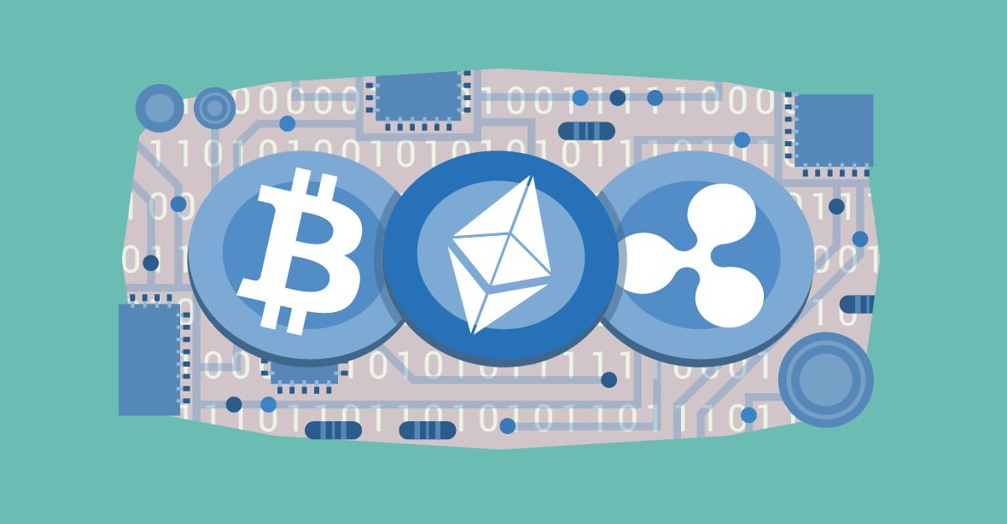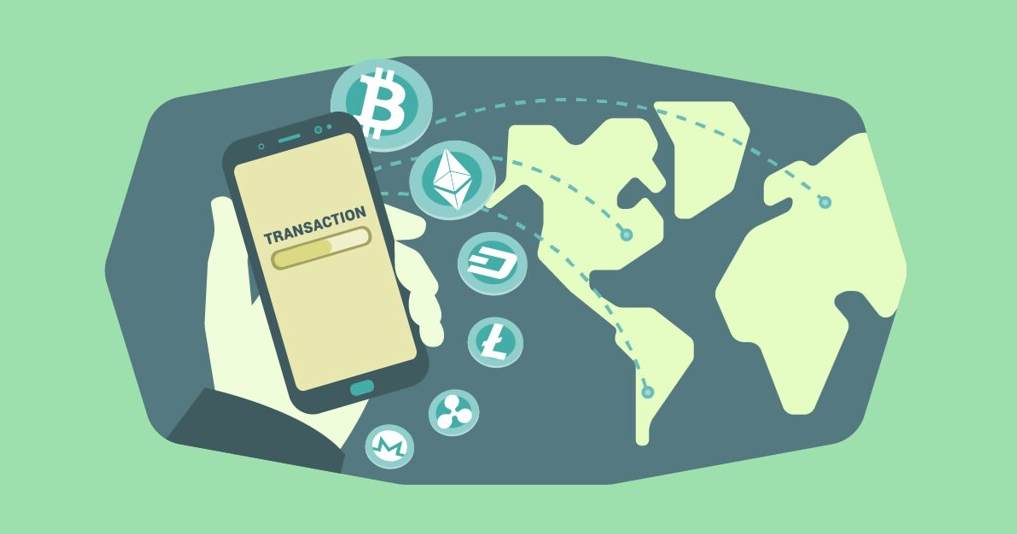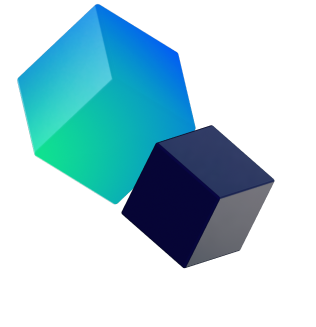
Web3, the new paradigm for the internet, seeks to revolutionize the current state of the internet by using blockchain technology to decentralize the internet, thereby giving users greater control over their data, identity, and money. In contrast, DeFi, which stands for Decentralized Finance, is an emerging financial system within Web3 that provides unique forms of value and utility that are not present in traditional financial systems.
While Web3 focuses on creating a decentralized internet that is fairer, more transparent, and less reliant on centralized authorities, DeFi seeks to provide financial services that are free from the control and limitations of traditional banking institutions. One of the key differences is that while Web3 is built on the internet itself, DeFi is built on existing smart contract platforms like Ethereum.
DeFi provides several benefits, including the ability to conduct financial transactions without the need for intermediaries, which can result in faster and cheaper transactions. It also enables users to access financial services that were previously unavailable or restricted due to geographic or other limitations. DeFi has also opened up new opportunities for investors, providing access to new markets and assets that were previously inaccessible.
Web3 and DeFi are two distinct but related areas of technological innovation. Both are focused on creating alternative, decentralized versions of the internet and finance, respectively, that are more transparent, fair, and secure. As these technologies continue to evolve, they have the potential to revolutionize the way we conduct business, interact with each other, and manage our finances.
Understanding the Web3 Technology
As the internet has evolved, the way people interact with technology, especially in finance, has undergone significant changes. These changes have been classified into three main stages known as Web1, Web2 and Web3.
Web1 represents the early years of the internet from the 1990s to the early 2000s. At this stage, websites were mainly static HTML pages and lacked interactivity. The infrastructure was not designed to facilitate online financial transactions, and security was not a major consideration.
Web2, on the other hand, is characterized by the internet becoming more interactive. This era is marked by the rise of mobile applications, social media, and online content consumption. During this period, online financial transactions became feasible, but security breaches such as data privacy violations and major hacker attacks were common. As a result, people became increasingly wary of entrusting their personal information to third parties who often proved to be untrustworthy.
Web3 has emerged as a response to the fundamental problems found in Web2. Instead of relying on centralized enterprises to handle transactions and user data, Web3 is built on blockchain technology which provides users with a sense of ownership and control over their data. Decentralization is at the heart of Web3, and this has led to the emergence of Bitcoin (BTC) and other cryptocurrencies, decentralized apps (dapps), and decentralized finance (DeFi).
DeFi, in particular, is an emerging financial system within Web3 that provides new forms of value and utility that are not available in conventional financial systems. DeFi is built on top of existing smart contract platforms, such as Ethereum, and is a prime example of the kind of innovation that is possible within the Web3 paradigm.
Copyright Attributed to BeatingBetting.co.uk
DeFi’s Ecosystem: A Breakdown
Decentralized finance, or DeFi, is a financial system that operates without a central authority such as a bank. It allows users to transact directly with each other through peer-to-peer lending and loans that are governed by smart contracts. The goal of DeFi is to challenge centralized institutions such as banks and governments, which are perceived to have excessive control over user data and assets. In a permissionless DeFi system, all users are able to participate without requiring authorization from an institution. Additionally, DeFi emphasizes transparency by allowing all transactions to be publicly visible to all participants in the system.
DeFi is composed of several components, which include the following:
Layer 1
The base network or blockchain on which DeFi tokens, protocols, apps, and smart contracts are constructed is called Layer 1. Ethereum, Bitcoin, BNB Smart Chain, and Polkadot are examples of layer-1 networks.
Decentralized exchanges
A decentralized exchange (DEX) is a platform that enables users to buy, sell, and trade digital assets without the participation of a centralized entity or authorized third parties. Smart contracts, self-executing contracts expressed in computer code, substitute centralized organizations.
Aggregators and wallets
Aggregators are decentralized interfaces that allow users to manage assets across various yield-farming platforms to maximize profits. For example, RocketX and 1inch are aggregators that provide access to liquidity. RocketX enables users to swap from one wallet and receive tokens on a different wallet with a single click, allowing them to navigate through both centralized and decentralized platforms.
Decentralized marketplaces
Decentralized marketplaces allow users to undertake peer-to-peer transactions with one another without the need for an intermediary, instead of an exchange.
What Advantages Does Web3 Provide for Defi?
Web3 technology improves the decentralized and secure nature of DeFi, resulting in increased trust, transparency, and accessibility in the financial system. The surge in cryptocurrency’s popularity has resulted in more individuals wanting to participate in the system, whether by buying, selling, or trading cryptocurrency or creating cryptocurrency projects.
The increasing interest in cryptocurrency has hastened the development of blockchain and Web3, with more advancements still to come. Web3 is seen as the future of the internet and has the potential to revolutionize the way we use money.
Web3’s ability to handle the growing number of potential consumers interested in DeFi and digital transactions will be one of its strengths. The number of internet users has been growing significantly every year, reaching 5.07 billion people or 63% of the world’s population in 2022. As more users switch to Web3 instead of Web2, the number of DeFi participants is expected to rise.
In addition, the increasing acceptance of digital assets as payment is helping younger generations become accustomed to living without cash. With the rapid pace of technological advancement, it is likely that Web3 and DeFi will become a daily part of our lives in the not-too-distant future.
Comparison of Properties between DeFi and Web3
Web3 technology is an innovative approach to building a more equitable and decentralized internet. The original idea of the internet was for it to be an open and accessible network for everyone, but this vision has been lost as the internet has become increasingly centralized. In contrast, Web3 and its ecosystem seek to create an open, decentralized internet using blockchain technology.
DeFi is an important component of Web3 and is designed to build a more transparent financial system. The key difference between DeFi and Web3 lies in how they are implemented and used. DeFi is primarily built on blockchain technology to provide financial services without a central authority. On the other hand, Web3 is a broader term that encompasses DeFi and other decentralized technologies such as dapps, NFTs, and DAOs.
One of the essential features of Web3 and DeFi is permissionlessness. This means that anyone can participate in these networks without restrictions or barriers. In a centralized system, users may face obstacles in participating, but Web3’s permissionless nature ensures everyone can join the network.
Another crucial aspect of Web3 and DeFi is decentralization. Decentralization means that the network can function without being controlled by a central intermediary. Web3 uses peer-to-peer protocols to create a decentralized, open network free from centralization, while DeFi relies on blockchain technology to transact without the need for centralized intermediaries like banks.
Web3 and DeFi are also designed to be interoperable, which means different blockchains can communicate and exchange data and assets freely. This makes it easy for users to access their data across several applications through blockchain interoperability.
When it comes to custody, DeFi applications are usually noncustodial, giving users full control and ownership of their assets, while Web3 applications can be either custodial or noncustodial, depending on the specific application. Both DeFi and Web3 employ cryptographic verification to ensure records on the blockchain are secure and tamper-proof.
Finally, both DeFi and Web3 use asset tokenization and decentralized governance mechanisms for their economies. Proof-of-stake (PoS) technology enables several blockchain and DeFi platforms to give users a voice in the platform’s future development. The ability to purchase digital assets in small denominations has also helped to lower barriers to entry, making trading accessible to more people.
What can we expect for the future of DeFi and Web3 in 2023?
The success of both DeFi and Web3 relies on the continuous advancement of blockchain technology and the willingness of people and organizations to adopt these novel models.
DeFi is undergoing innovation with the introduction of new financial products and services that could disrupt traditional finance. These include decentralized exchanges, yield farming, and stablecoins. There is also a growing emphasis on user adoption and accessibility, which may lead to further growth in the decentralized finance ecosystem.
Web3, on the other hand, is anticipated to play a significant role in shaping the future of the internet. Decentralized infrastructure offers several benefits over traditional centralized systems, such as enhanced security, privacy, and data ownership. The development of Web3 technologies is also expected to usher in a new era of decentralized applications that will enable a more equitable and open internet.
Source: cointelegraph.com

